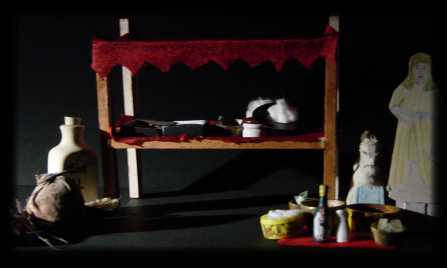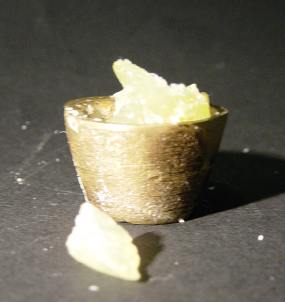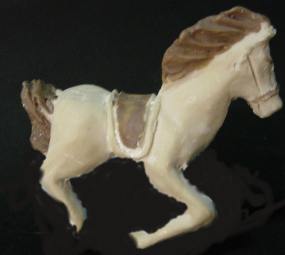|
Saffron.
The origins of saffron:
Saffron is named from the Arabic za'fran. It comes from
the stamens of the Crocus Sativus. This flower grows in many places,
from Italy to Kurdistan, having been spread by eastern winds across
Asia Minor into Spain.
A long voyage...
In the Middle Ages, saffron travelled across North Africa, along
the Arab trade routes into Spain. Medieval Spain quickly became the
center of saffron production in Europe. Later, as the Middle Ages
continued both France and England began to produce saffron, where their
climates were satisfactory.
Horses
The origins of the Spanish barb horse.
The unusual history of this breed began in North Africa, the
home of the Berbers. The long occupation of Spain by these invading
warrior horsemen brought about the creation of a superior horse.
The agile desert breed of African Barb horse was crossed
with existing Spanish stock resulting in a horse that became world famous
by the Middle Ages and was much sought after by the Royal Stud farms
of Europe. By the year 1492, the Spanish had regained possession
of their country with the Conquistadors.
By royal edict, horses were transported to the New World and
breeding farms established. Upon the backs of these horses, Spain determined
to widen the scope of its power and wealth.
Olive Oil in The Middle Ages
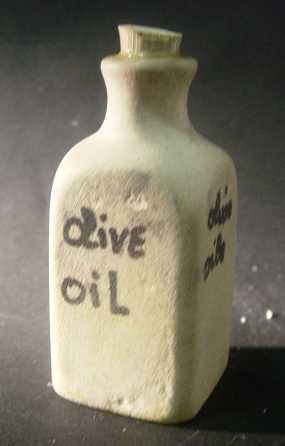
In the Middle Ages olive oil was very useful. France
made many products from olive oil that were used in England. It was
from Provence that olive oil came. The French made soap called
‘ Savon de Marseilles’ to wash clothes and themselves. There was a ritual
too. Women before making a baby took a bath in olive oil and laurel leaves.
It made them confident for having a good, beautiful baby. Olive oil was
used in cooking too. Many banquets’ dishes were cooked with olive oil because
it was very good for the health. Olive oil was very important too in the
Middle Ages because it was a period of Christianity and the olive tree
in this religion was the symbol of the end of the downpour or flood.
Salt
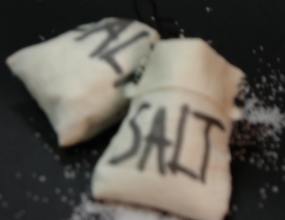
Salt came from the île de Ré and Brittany.
Salt was one of the most expensive products. Salt was very important
for cooking and preserving meats. Salt even came in different levels of
quality; fine white salt for the table and gray salt from evaporated salt
water for preserving meats. Preserving meats consumed large quantities
of salt and as such only valuable meats would be preserved; not
all meats were 'worth their salt.'
Just a little parenthesis...
The word corn originally meant any small grain of something,
such as salt, so corned beef was coated in small grains of salt.
Sources:
www.histoiredusel.fr/moyen_age.html
www.medievalproducts.com/spices/safron.html
www.histoiredefrance.fr/moyen_age/savon.html
"Le cheval à travers les âges." Hachette
"Le Moyen-Age expliquer aux enfants." Nathan
"Dictionnaire Le petit Larousse 2001"
|
